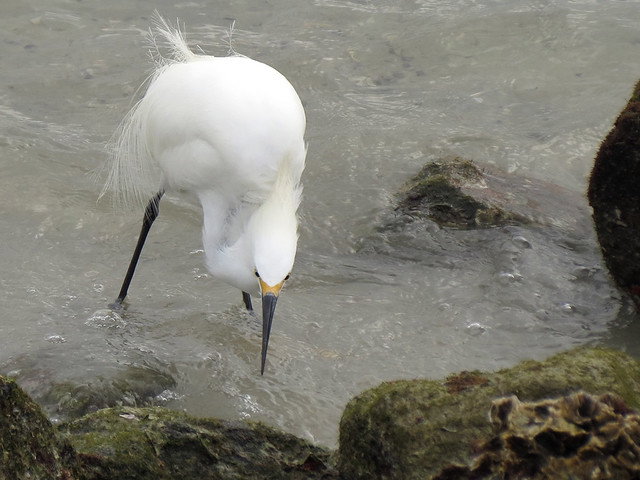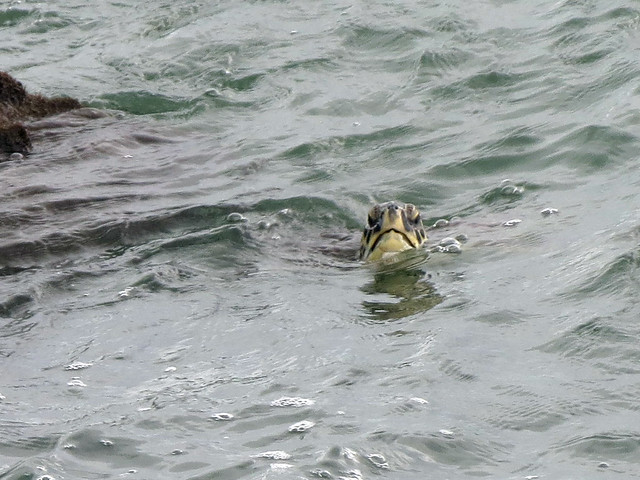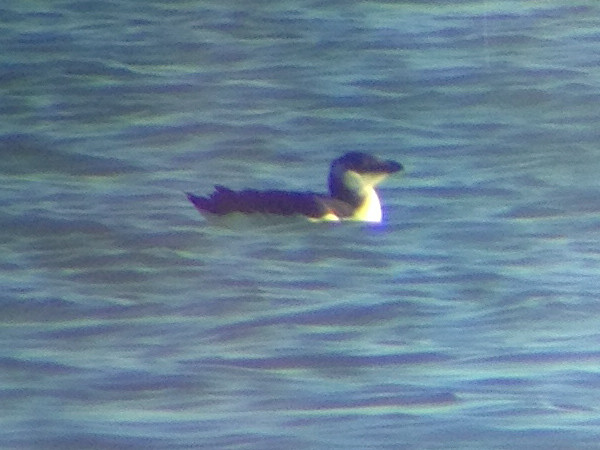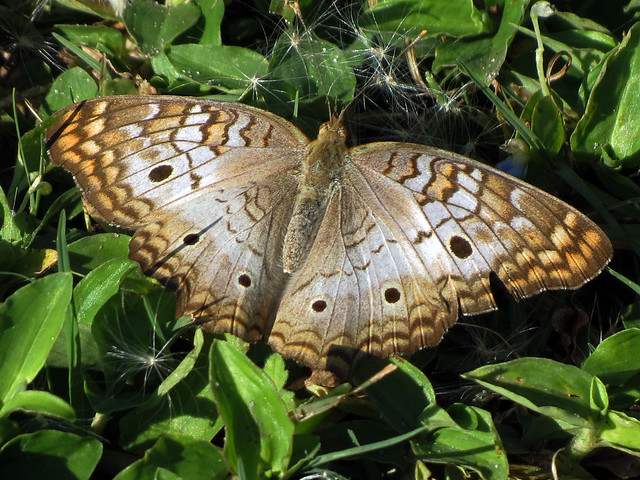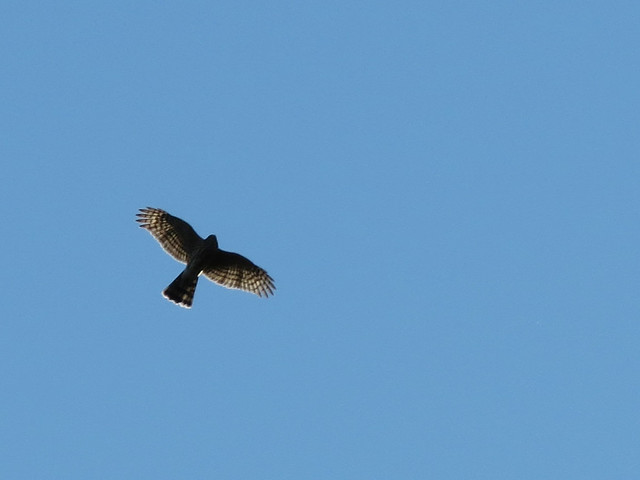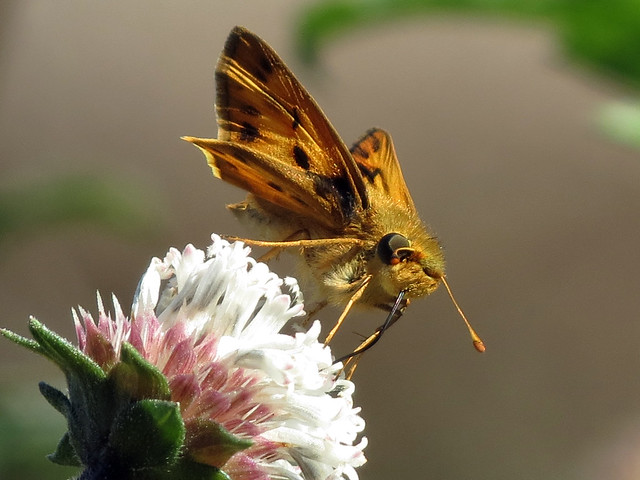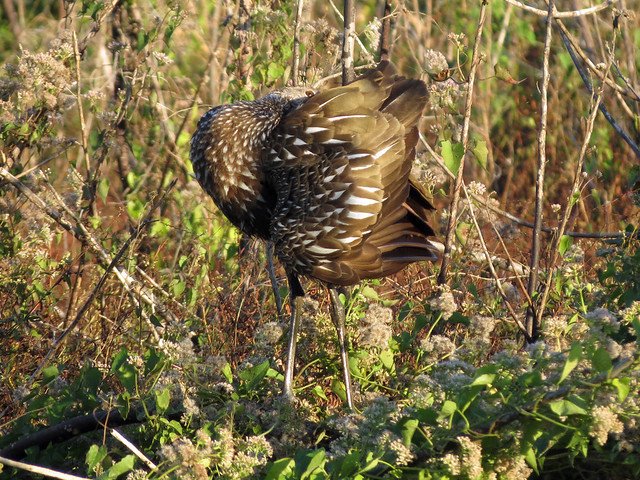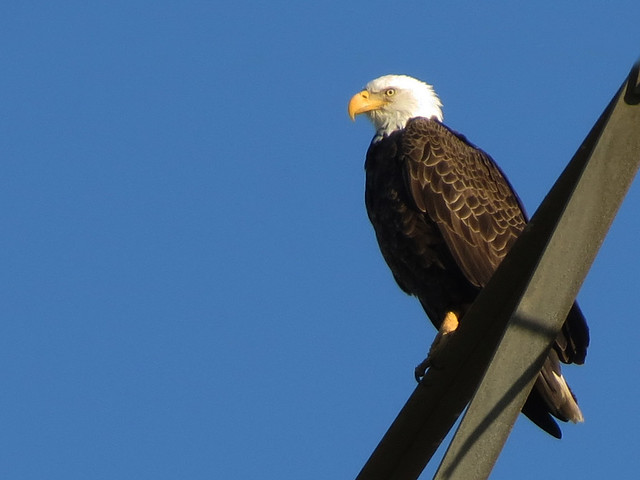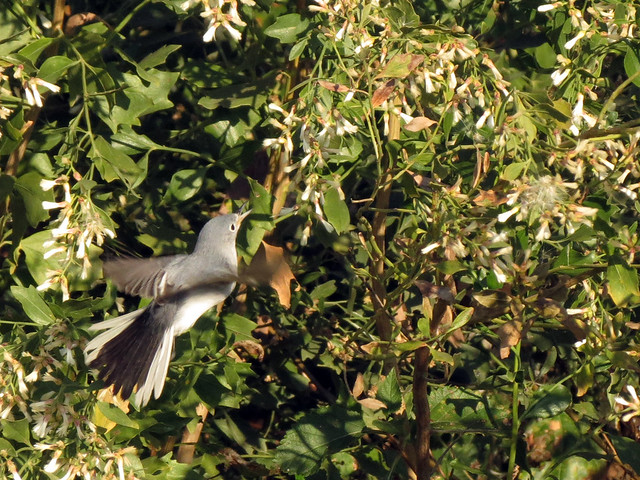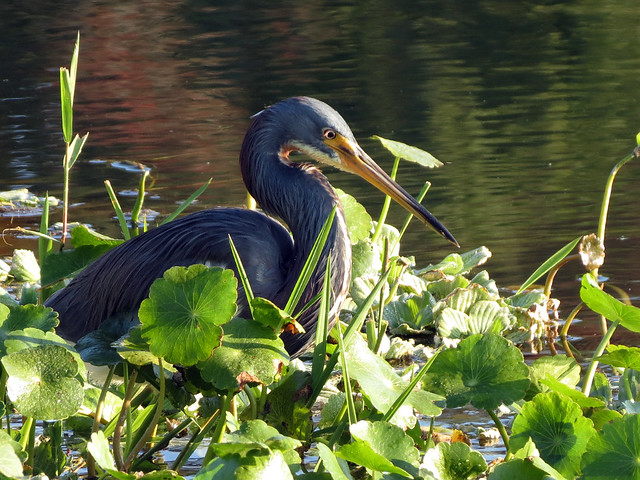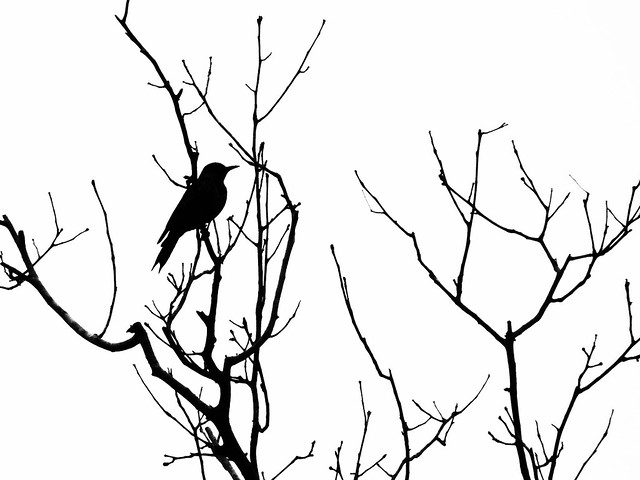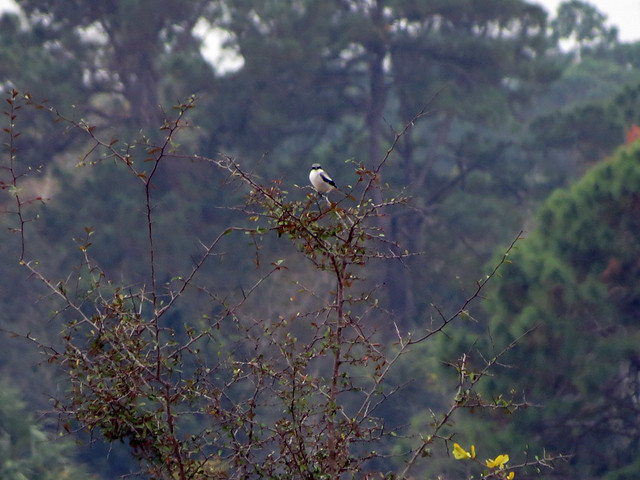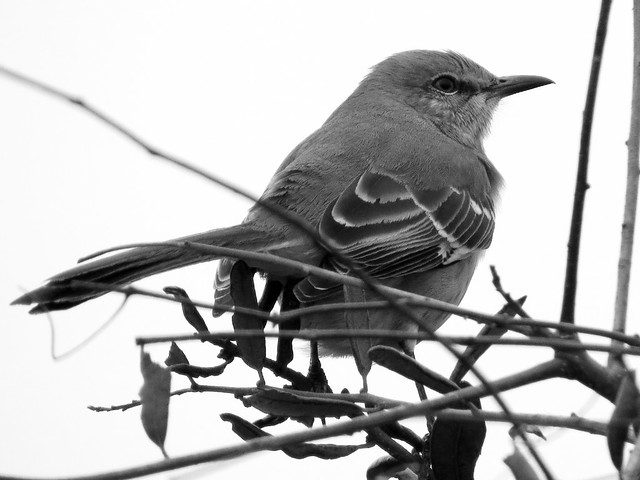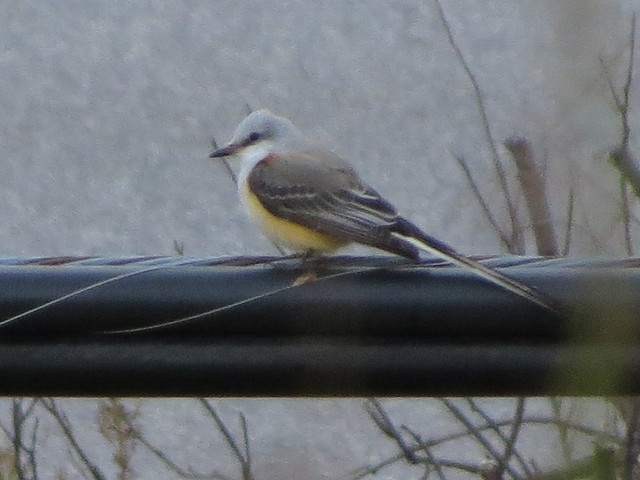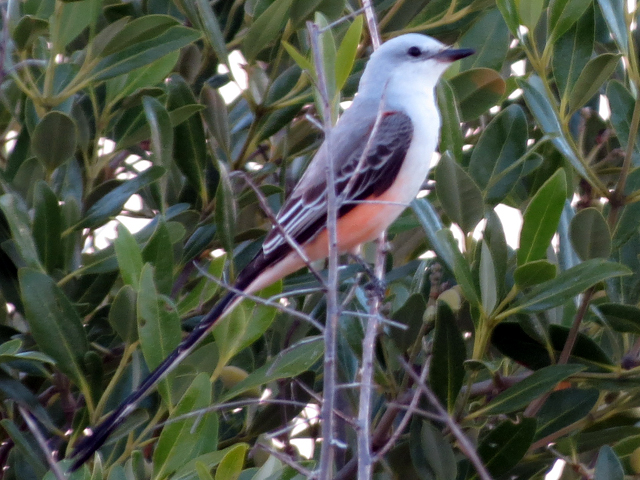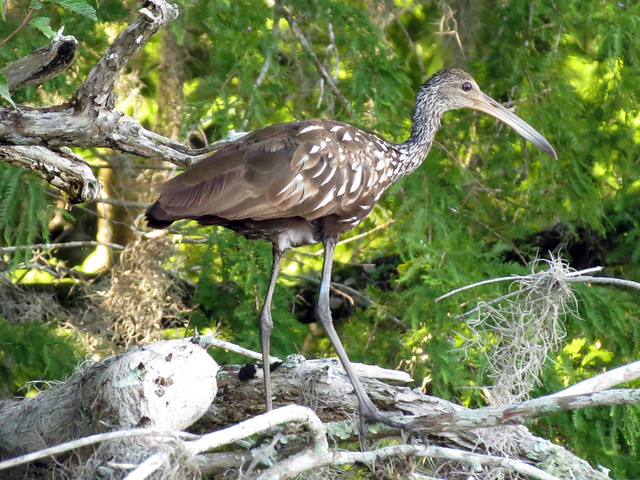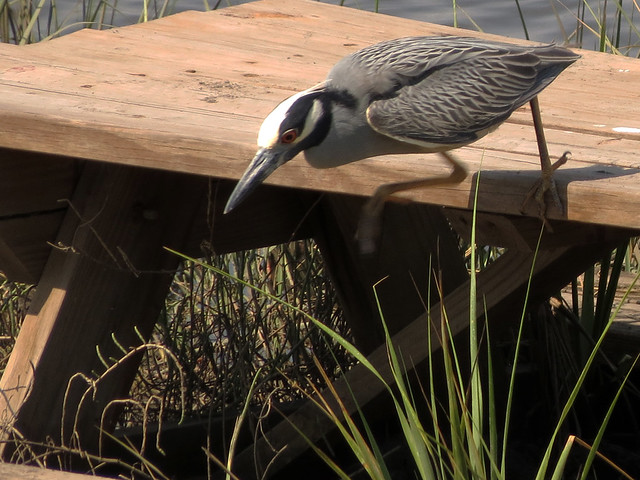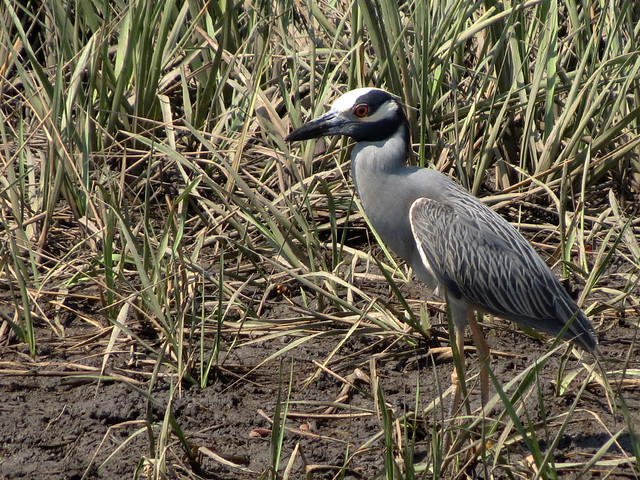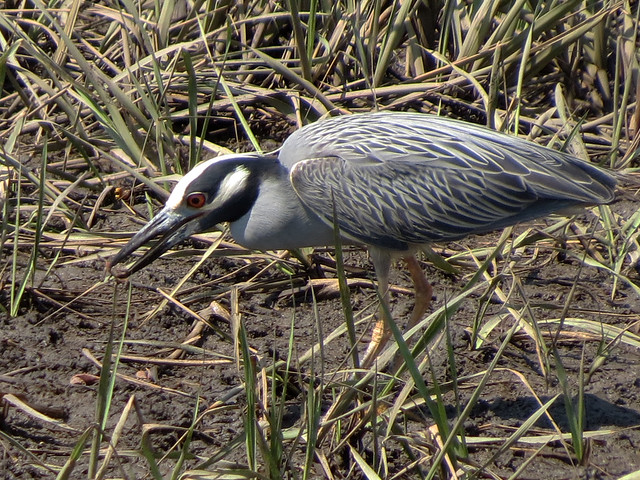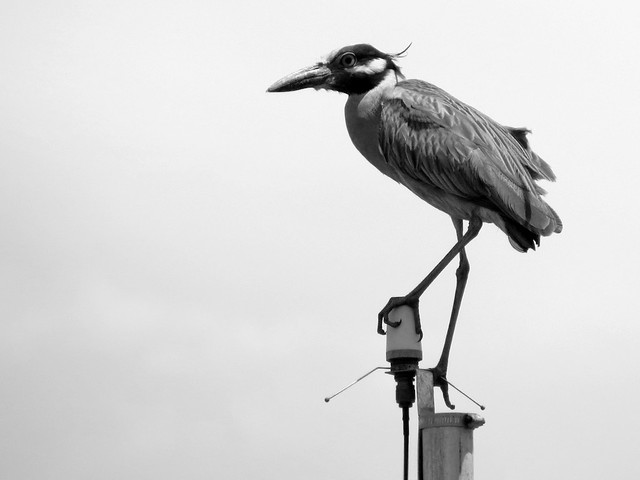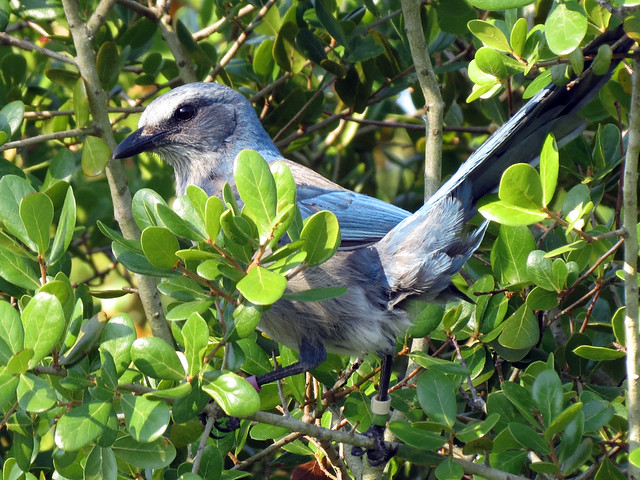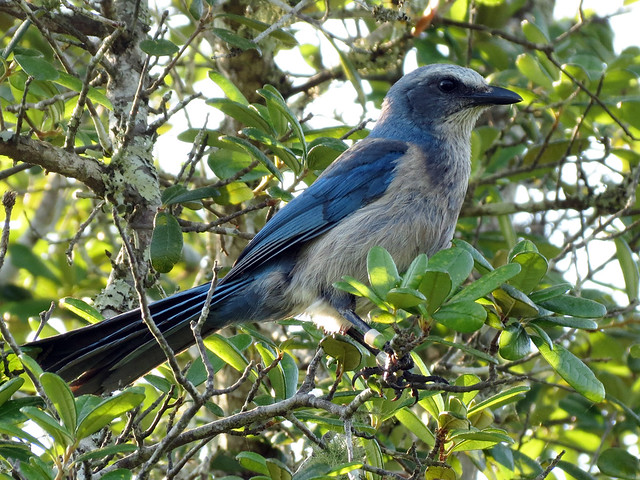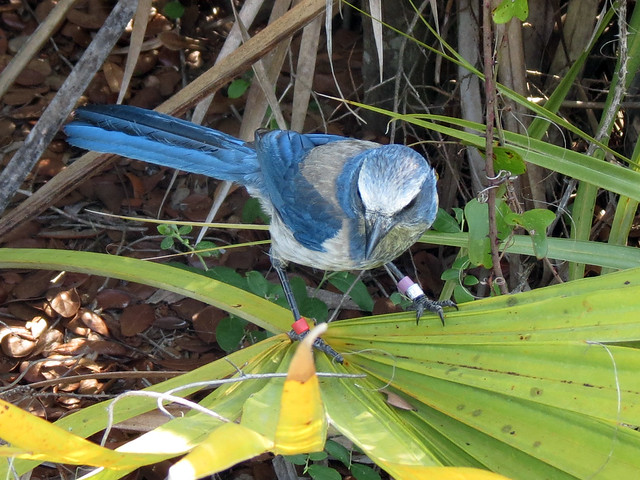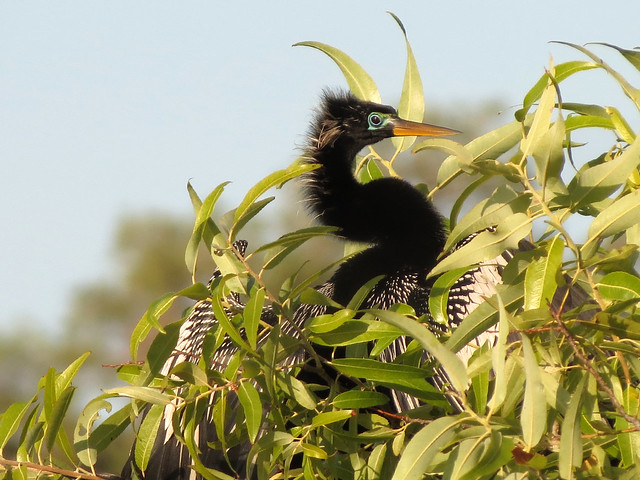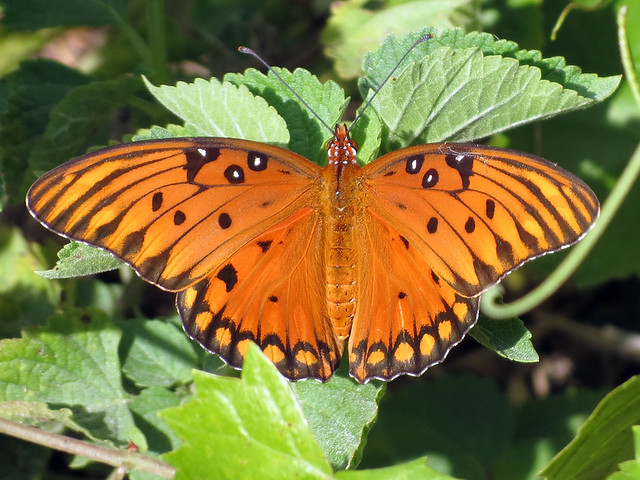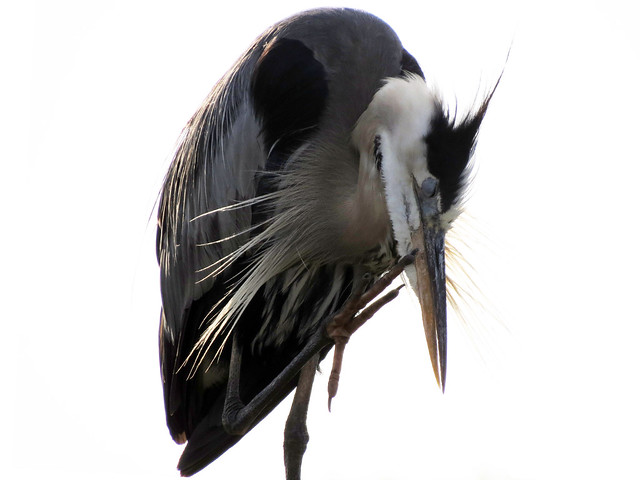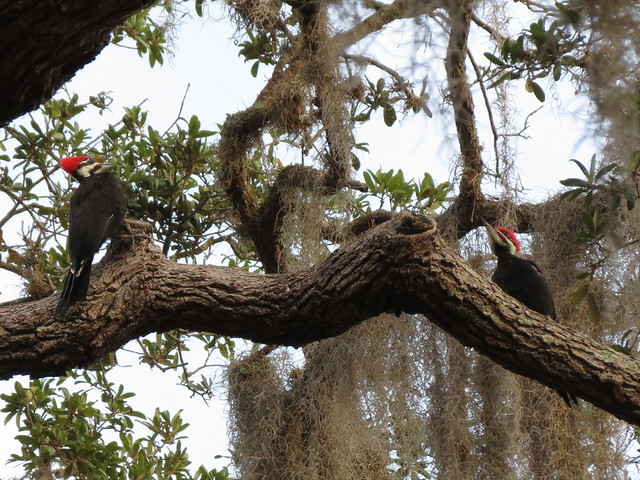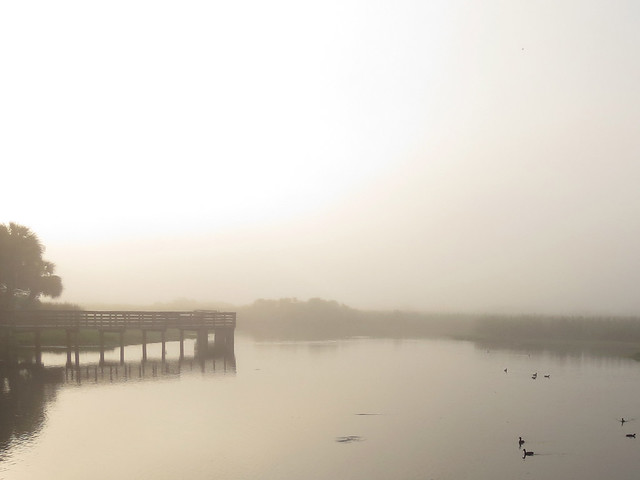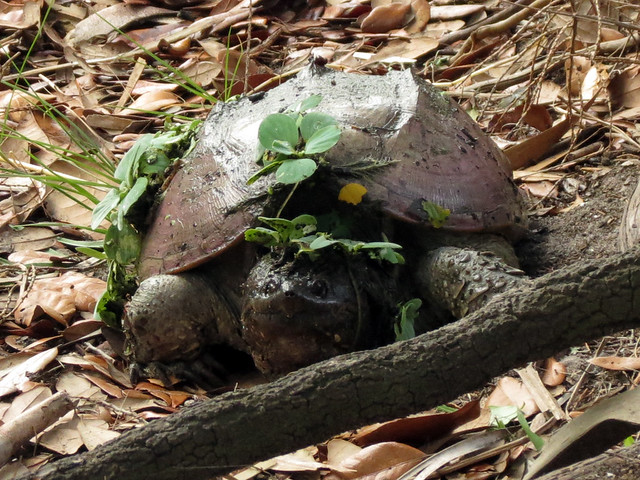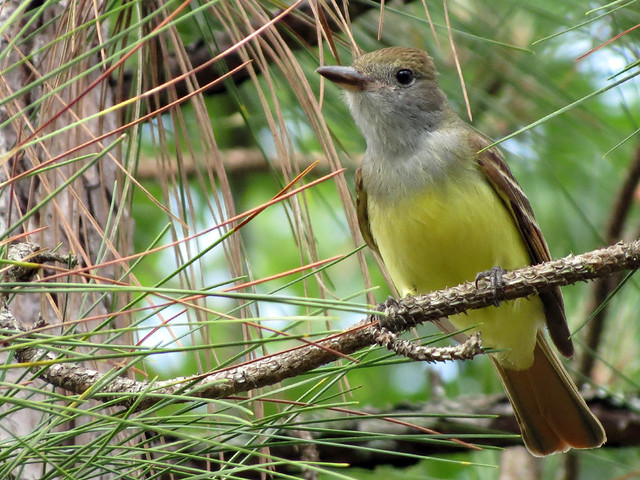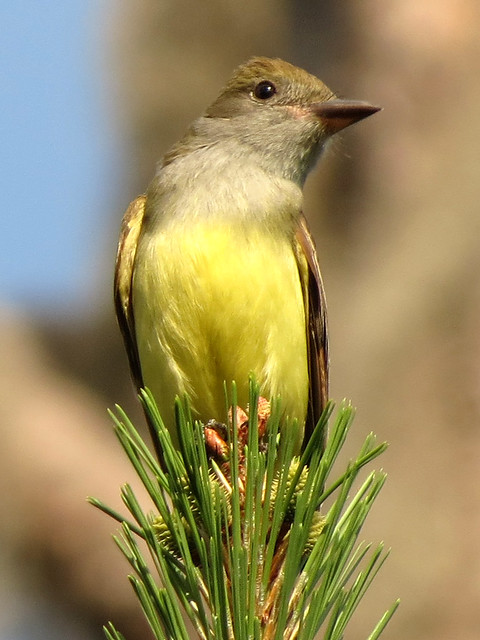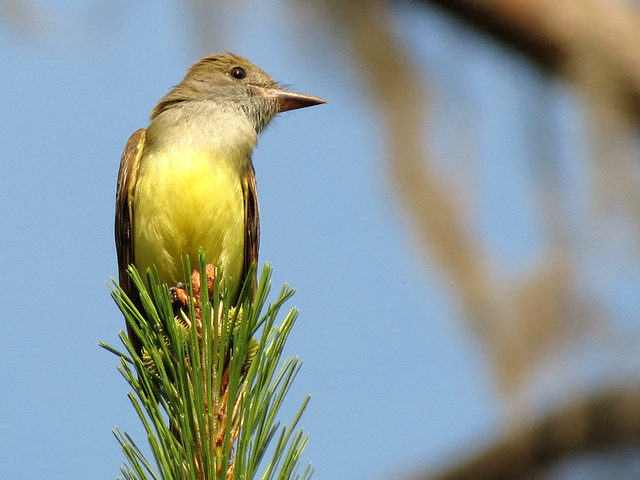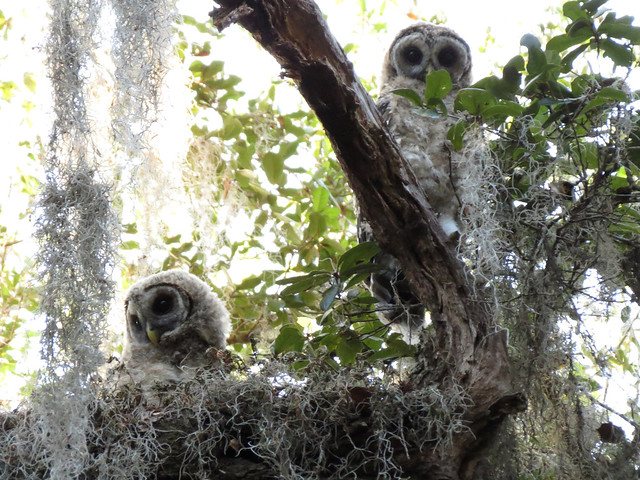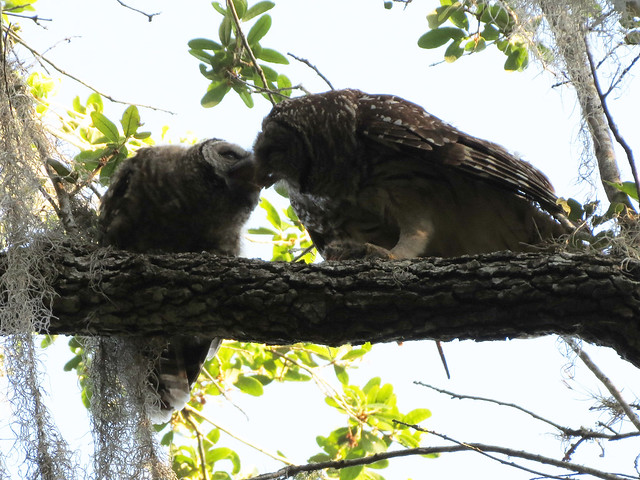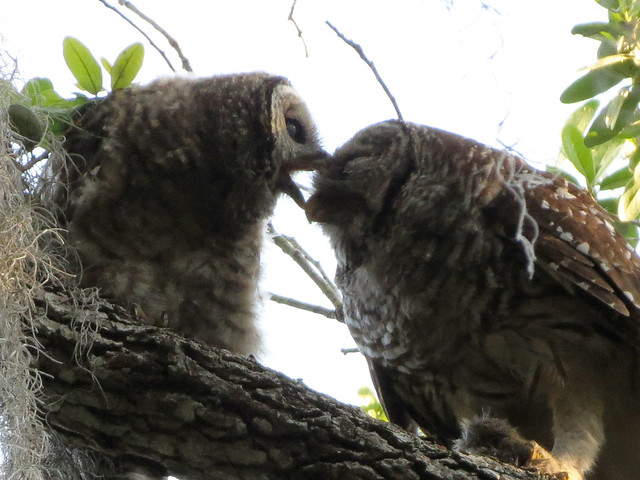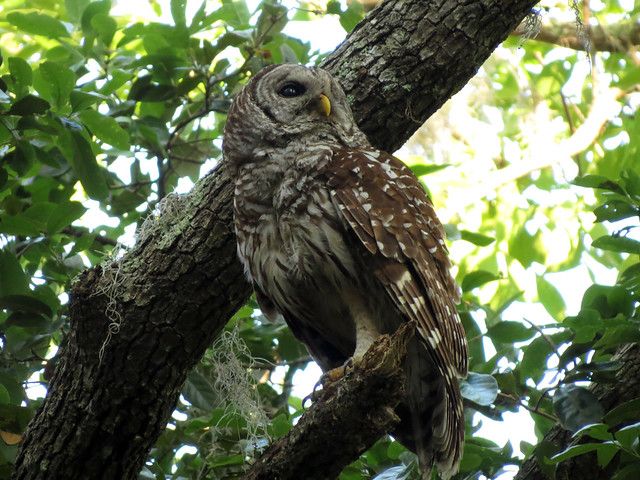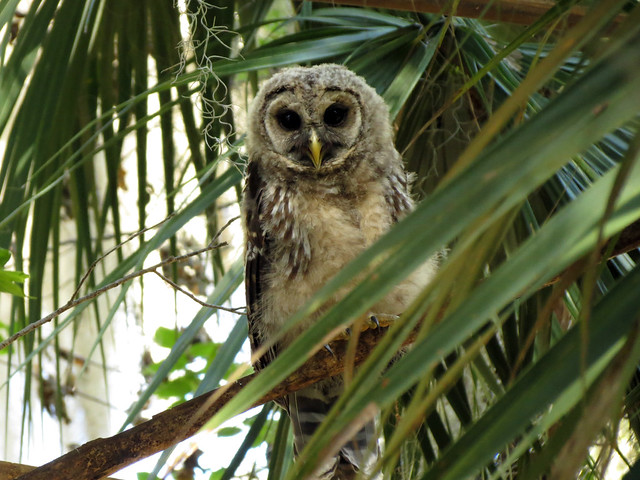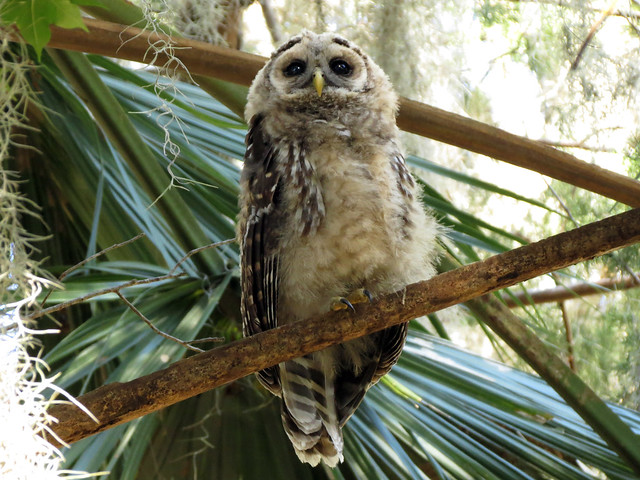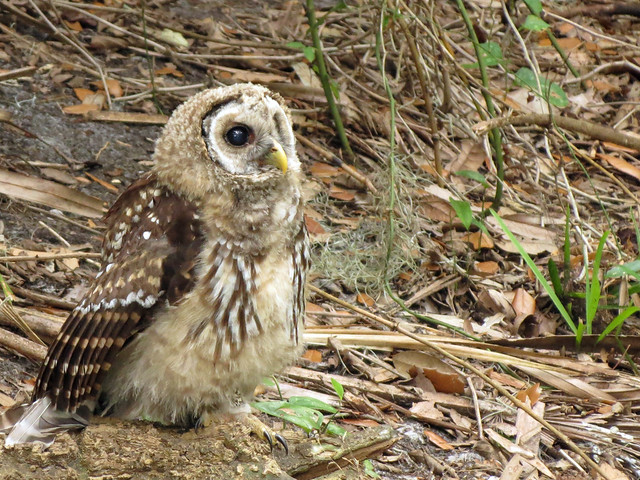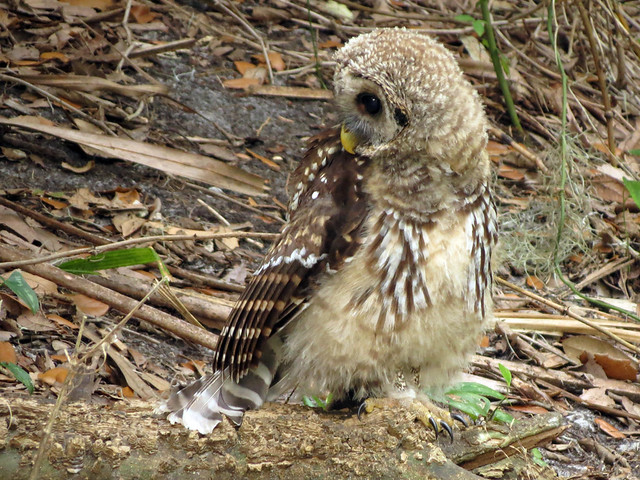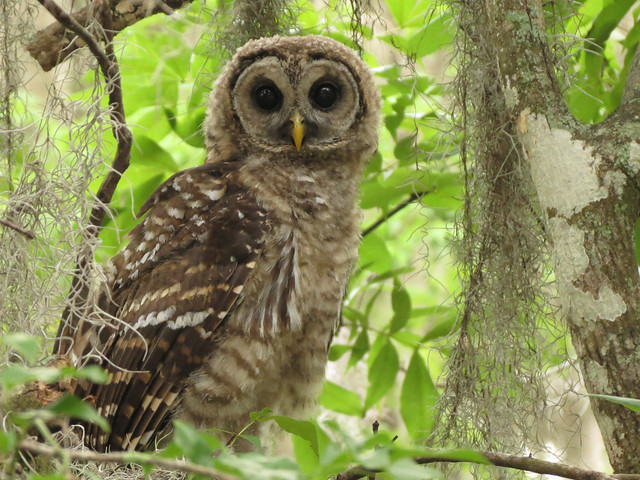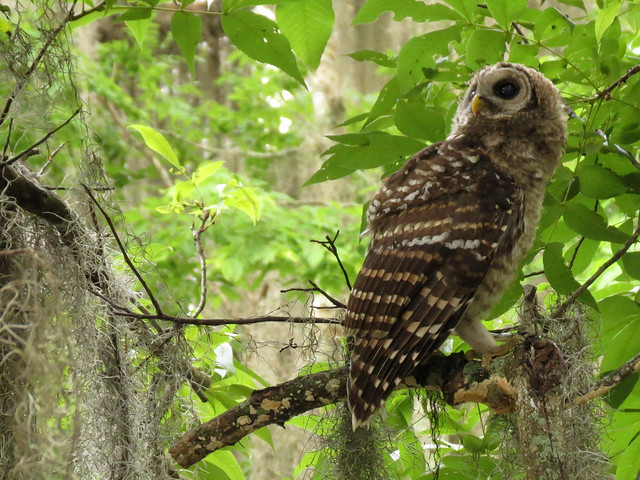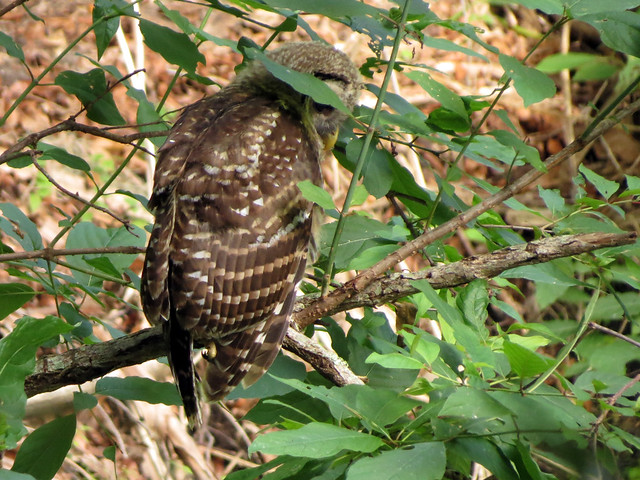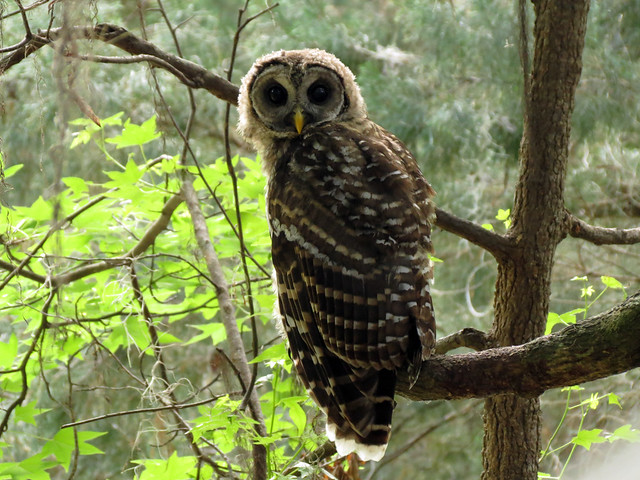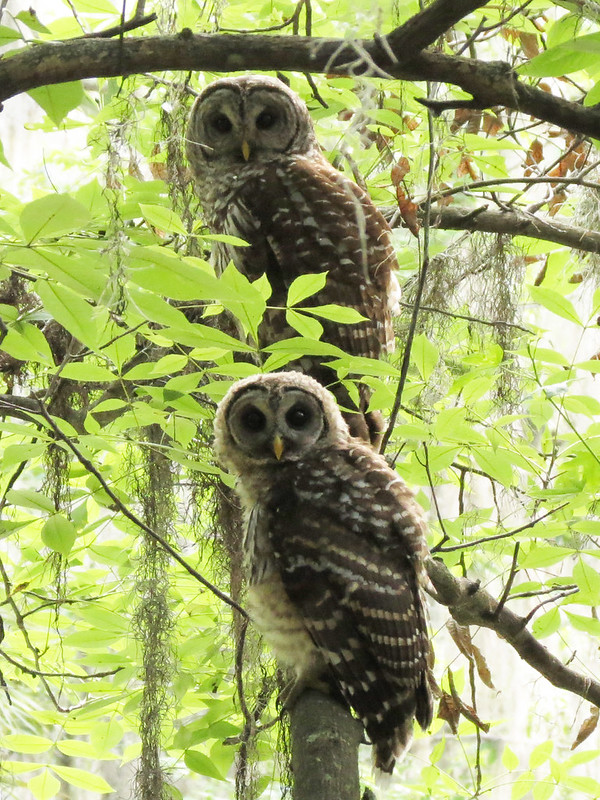Goals for 2013
It’s that time of year! Here’s what I hope to accomplish, bird-wise, in 2013.
- I’ll be keeping a BIGBY list again. With 115 birds last year, I surpassed my goal. That total will be hard to beat; I will be happy to get 100+ again in 2013.
- I will be participating in the Bird-a-Day Challenge once again. My target is to beat last year’s total of 144 birds. I also strive to not stress about it too much. It’s a lot of fun but it messed with my head a bit last year. 😉
- I would like to crack 200 birds in Volusia for the year. My Volusia life list is at 180, my 2012 list was 167 (#1 on eBird), and the eBird total for Volusia in 2012 was 249 (all as of December 30). The Big Year record for Volusia is 278 birds set by Michael Brothers in 2007.
- I will try really, really hard to review at least 20 books this year. I post my reviews on MagnificentFrigatebird.com and last year I was a huge slacker.
- I’d like to fill in the missing weeks for Gemini Springs on eBird. Right now there are three eBird hotspots for Gemini Springs (I have suggested these be merged, but I am not sure how this process works). I use Gemini Springs and there are just two greyed-out weeks: the second in February and the second in May (from my own checklists, there are 7 weeks missing). The hotspot Gemini Springs County Park has more checklists over fewer months; between May and November there are only two weeks of data. This location appears to be used heavily by a snowbirder! 🙂 Combining all of the Gemini hotspots leaves just the second week of May missing.
- I would like to improve my raptor handling skills at my new volunteer place, but I feel moving forward here isn’t in my hands as much as I would like. So I would consider it a “nice-to-have” if I could handle 4 more birds in 2013.
Do you have any goals (bird-related or otherwise!) for the coming year? Let me know in the comments! And best wishes for a fantastic and successful 2013!




